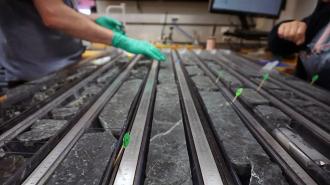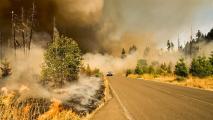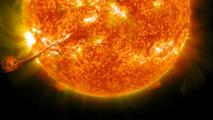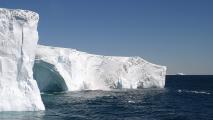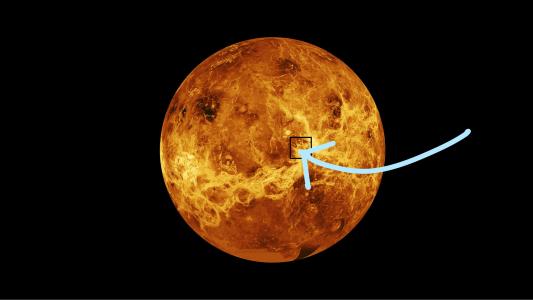By drilling into the seabed, researchers have retrieved a record-breaking amount of pristine mantle rock — and it could revolutionize our understanding of geology.
“These are the types of rock we’ve been hoping to recover for a long time,” Susan Lang, co-leader of the expedition to retrieve the samples, told Science Magazine.
Mantle matters: Earth is broken into four main layers: the inner core, the outer core, the mantle, and the crust. The mantle makes up the majority of the planet, and, along with the crust, it drives most of its geological processes, including earthquakes and volcanoes.
“The drilling just went so magically well.”
Andrew McCaig
Studying mantle rock can improve our understanding of the Earth and those processes, and we do have samples that were ejected by volcanoes or exposed by cracks in the ocean floor, but they’ve been tainted by air or seawater by the time we take a look at them.
Producing pristine samples of the mantle has proven difficult, mainly because Earth’s crust is usually 20 miles thick, and digging through that is a huge engineering challenge — the deepest hole we’ve ever dug was just 7.6 miles deep.
There is an underwater mountain, the Atlantis Massif, where the mantle is much closer to Earth’s surface than normal, and in December 1993, researchers extracted a single core of mantle rock by drilling into it. They were only able to make it about 200 meters into the mountain, though, barely scratching the mantle’s surface.
What’s new? In May 2023, researchers aboard the JOIDES Resolution, a scientific drilling ship used by the International Ocean Discovery Program (IODP), announced that they’d drilled 1,000 meters into the Atlantis Massif and retrieved “a staggering” amount of mantle rocks.
By the time the team stopped drilling on June 2, they’d reached a depth of more than 1,200 meters and collected a core of mantle rock more than 1 kilometer long.
“The drilling just went so magically well,” Andrew McCaig, the expedition’s other co-leader, told Science.
“Getting down to this really fresh stuff has been a dream for decades and decades.”
Jessica Warren
Looking ahead: Scientists aboard the JOIDES Resolution have already started analyzing the mantle rock in the ship’s labs, and soon, the samples will be available to other researchers through the IODP.
“Getting down to this really fresh stuff has been a dream for decades and decades,” Jessica Warren, a mantle geochemist at the University of Delaware, who wasn’t involved in the JOIDES Resolution expedition, told Science. “We’re finally going to see the Wizard of Oz.”
We’d love to hear from you! If you have a comment about this article or if you have a tip for a future Freethink story, please email us at tips@freethink.com.
